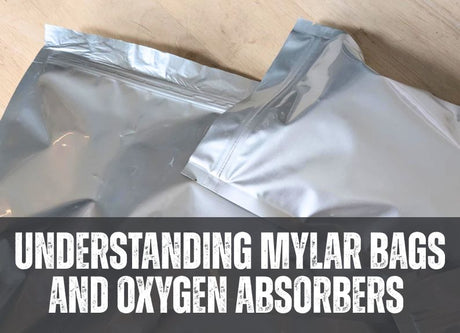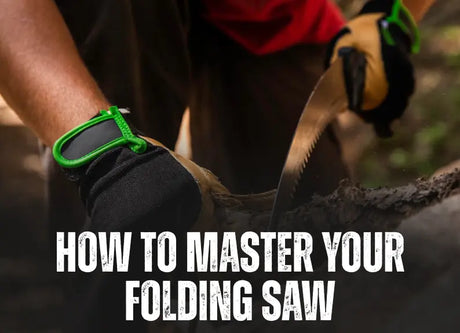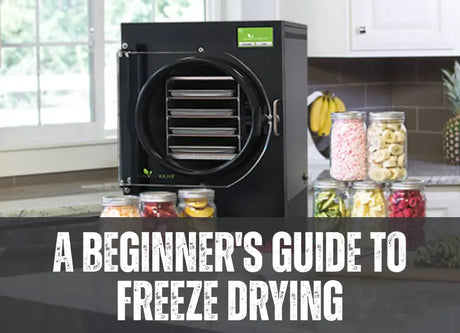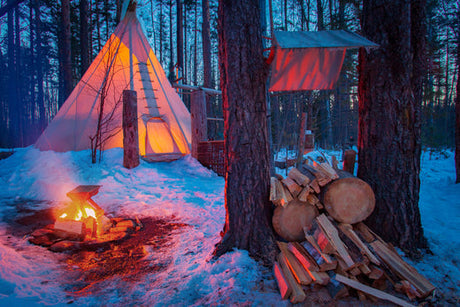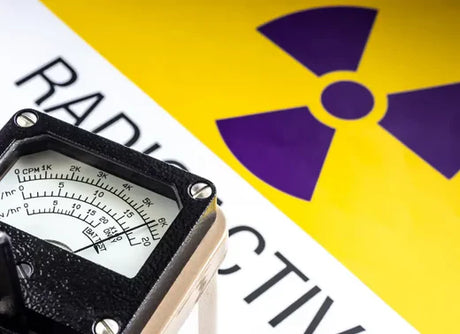Winter survival depends on shelter. As my followers already know, the elements are a prepper’s number one survival threat. A hot tent is absolutely essential for your survival in cold temperatures. We’re going to assess the pros and cons of each lightweight, sil-nylon hot tent style: the dome and the cone (also known as the tipi). In this gear review blog, we provide you with the information you need to make an informed choice about which hot tent will be the most suitable for you depending on your needs.
What is a hot tent, and why do you need one?
In winter, whether you’re bugging out or just heading into the backcountry, your survival and safety depend on keeping warm. A hot tent is a shelter designed to safely contain a wood-burning stove and all of your survival gear. While there are different ways for you to achieve a warm shelter, a hot tent is the safest, easiest, and most reliable way to ensure your warmth.
Knowing how to build a makeshift structure is absolutely critical to your survival. But these structures are better designed for immediate necessity and not long-term living. This is why Investing in a high-quality hot tent and lightweight wood stove is essential for both serious preppers and back-country enthusiasts. In addition, DIY shelters also have many dangers that can be avoided by using quality gear, including exposure to wildlife and exposure to deadly levels of carbon monoxide.
Carbon monoxide poisoning occurs when you have a fire burning in an improperly ventilated space. Hot tents are specifically designed to mitigate this problem. Symptoms of carbon monoxide poisoning are especially deadly because they often occur while you are sleeping or go unnoticed entirely. The common symptoms include headache, dizziness, weakness, vomiting, chest pain, and confusion; in more extreme cases, it can cause loss of consciousness, arrhythmias, seizures, or death.

A canvas hot tent is another excellent option but is not ideal for temporary set-ups or to haul into the backcountry by foot. These drawbacks, such as its significantly heavier weight and a more complicated set-up and take-down, make it impractical for both bugging out and shorter backcountry camps. This is why we recommend investing in a high-quality sil-nylon hot tent for a nomadic and lightweight option and a canvas tent for a more rigid and semi-permanent site.
A 4-season tent won’t cut it in the Canadian cold.
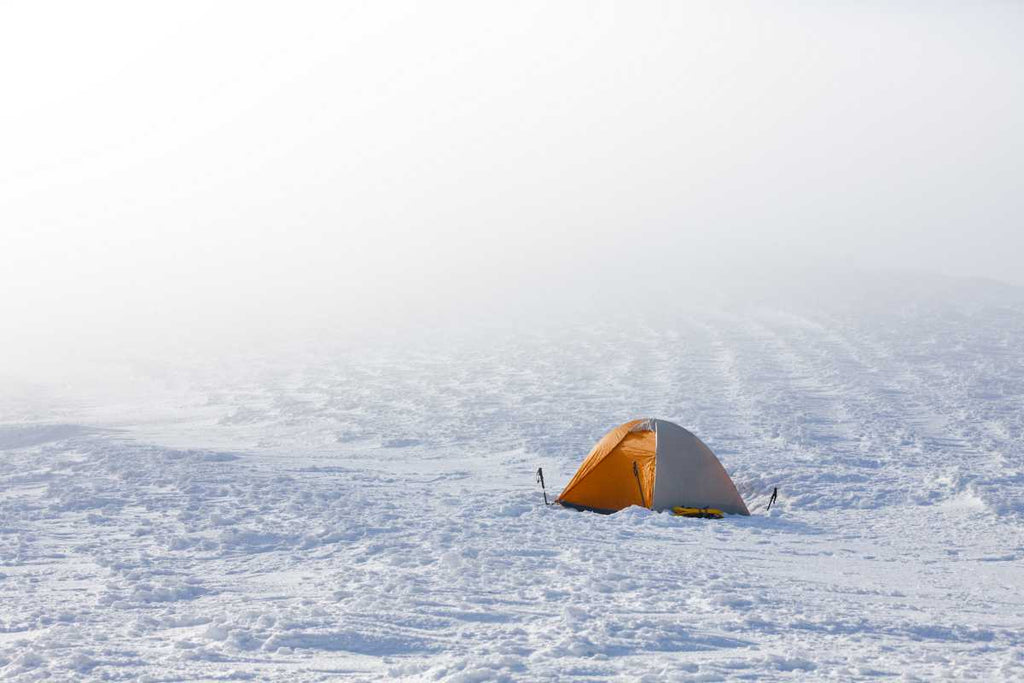 When planning your winter preparedness pack, a hot tent should be one of your top priorities. We’ve discussed this before, but winter weather is the biggest threat to your safety. A hot tent is specifically designed to keep you safe and warm in any weather. Until you’ve camped in below-freezing winter conditions without a woodstove, you won’t understand just how true this statement is. While a mountaineering or 4-season tent is useful for a temporary stay in the wilderness, it is no way to live, let alone thrive. Avoiding thermogenesis ––the process of burning calories through shivering to produce heat–– needs to be your top priority for long-term survival in freezing temperatures.
When planning your winter preparedness pack, a hot tent should be one of your top priorities. We’ve discussed this before, but winter weather is the biggest threat to your safety. A hot tent is specifically designed to keep you safe and warm in any weather. Until you’ve camped in below-freezing winter conditions without a woodstove, you won’t understand just how true this statement is. While a mountaineering or 4-season tent is useful for a temporary stay in the wilderness, it is no way to live, let alone thrive. Avoiding thermogenesis ––the process of burning calories through shivering to produce heat–– needs to be your top priority for long-term survival in freezing temperatures.
Dome Vs. Cone/Tipi/Teepee style hot tent
While there are several sil-nylon hot-tent styles, we see the tipi and dome-style the most often. In our latest youtube video, we discuss the differences between the dome and cone or tipi tent style. Both styles feature a fire-proof silicone vent to accommodate your wood stove and vented panels to prevent carbon monoxide build-up.
Let’s compare two of our favourite sil-nylon models, the Nortent Gamma 6 and Lavvo 6.
1. The Dome
Pros:
- The dome shape allows for better use of vertical space.
- More family-friendly due to increased maneuverable interior space.
- Better heat distribution due to dome shape.
- The structure allows you to pick up and move without striking down.
Cons:
- The design of the dome is more complicated, much like the standard tent you
- use in the summer, this tent incorporates flexible poles to give it structure.
- You will have to seam seal this tent for use in wet or rainy conditions.
2. The Cone
Pros:
- This style is significantly less complicated, using a single centre pole.
- This shape and setup is slightly more versatile.
- The tipi shape is more aerodynamic, making it ideal in windy conditions.
- The shape can be expanded with the use of ‘guylines.’
Cons:
- 24 stake-in points can be hard to navigate when the ground is completely frozen, or there is a lot of snow.
- Heat tends to travel to the peak, meaning less efficient heat use.
- Not as mobile as the dome style as it needs to be staked in.
The Break Down:
While both tents are well-constructed from a lightweight sil-nylon, the dome-style takes a slight lead with its heat diffusing ability, overall use of space, and maneuverability. Both tents feature high-quality details and materials, an interior and exterior skirting for keeping the elements at bay and are designed to be used with a wood-burning stove.
No matter which style you choose these tents are still heavy, coming in around 8kg. We recommend a high-quality sled to transport your gear and preserve energy in winter survival situations. If you need more information on basic survival gear for winter environments, you can check out our survival checklist for new preppers.



